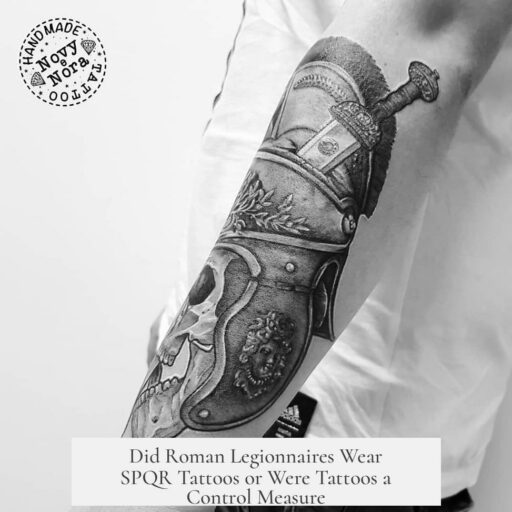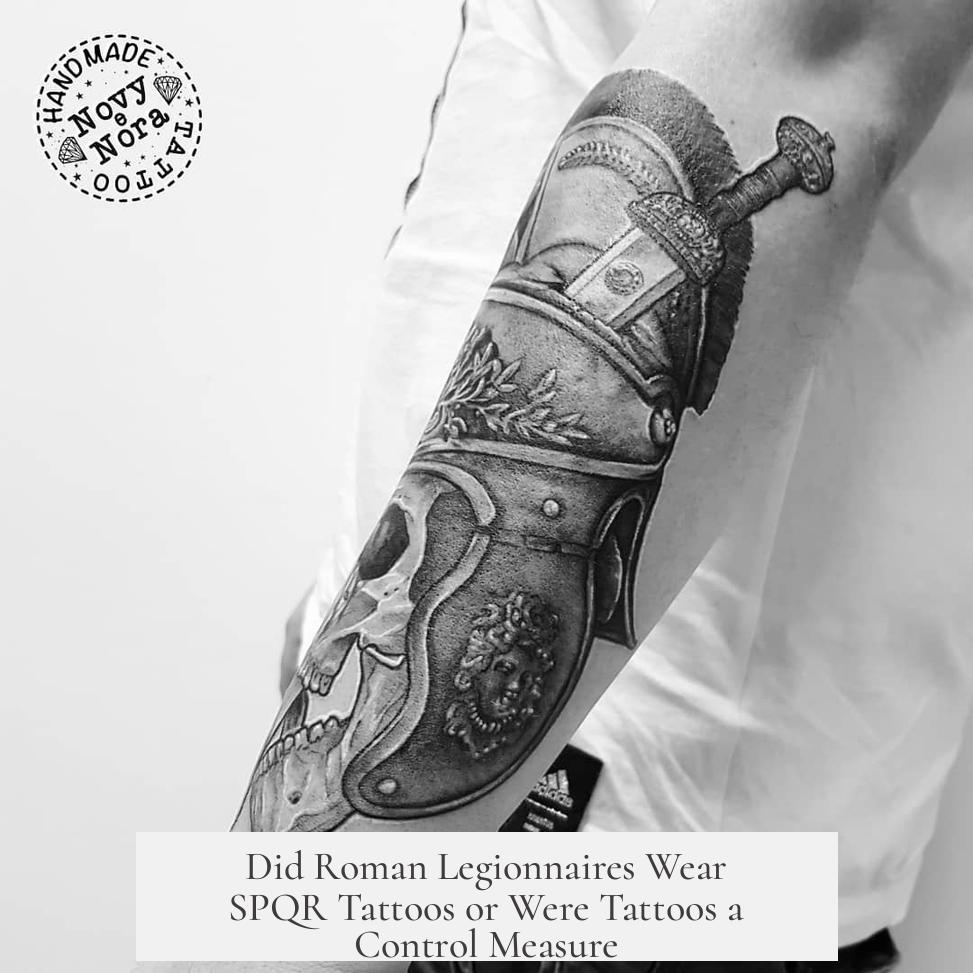Roman legionnaires did have tattoos or marks indicating their military service, but there is no solid evidence that they were specifically tattooed with “SPQR.” The abbreviation SPQR—Senatus Populusque Romanus, meaning “The Senate and People of Rome”—was a prominent emblem of Roman authority. However, historical records do not confirm this as a tattoo motif on soldiers. Instead, legionnaires likely bore some visual mark, symbolic but not necessarily the famous acronym.
Roman society generally regarded tattoos as barbaric and uncivilized. Tattoos were more a mark of servitude or control than pride or honor. For soldiers, tattoos or brands served practical purposes. They helped identify legionnaires, especially deserters, as a form of a permanent “dog tag.” Soldiers could be marked to prevent desertion and confirm loyalty to their cohorts.
Historical sources support this. The Codex Theodosianus from 398 AD mentions that imperial armament workers received branded marks on their arms. This practice imitated the branding of recruits. However, the exact design of the “national mark” branded on soldiers remains unknown and speculative. The practice likely reflects late Empire concerns about desertion, more than earlier traditions.
- Evidence for tattoos on legionnaires exists but is limited and ambiguous.
- SPQR as a tattoo design lacks historical proof.
- Romans viewed tattoos negatively, associating them with servitude.
- Branding or tattooing helped identify soldiers and reduce desertion.
- The Codex Theodosianus (398 AD) mentions such branding, but exact symbols are unclear.
- Marking soldiers was likely more common in the late Empire, reflecting increased security concerns.
The idea of “SPQR” tattooed on every legionnaire is more a modern assumption than an established fact. Instead, marks on soldiers served pragmatic and disciplinary roles. They aligned with Roman social views, which did not celebrate tattoos but used them as necessary tools for military control.
In summary, tattoos on Roman soldiers existed mainly to enforce service commitment. The famous “SPQR” emblem as a tattoo remains unsupported by direct evidence. Historical context points to simpler, less celebrated marks rather than proud displays of state symbols.
Did Roman Legionnaires Have “SPQR” Tattooed on Them?
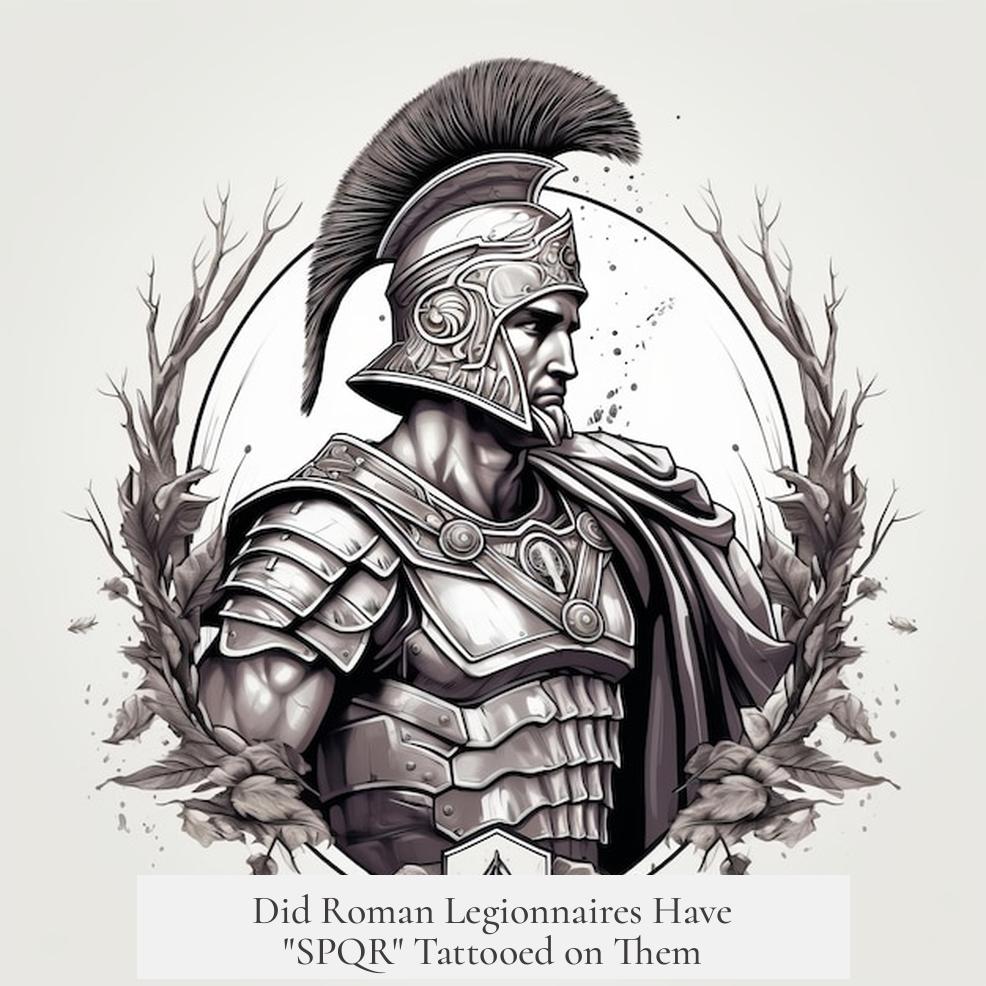
Short answer: No solid evidence supports that Roman legionnaires sported “SPQR” tattoos. While historical hints suggest some legionnaires bore marks on their skin, none explicitly mention SPQR as that mark. The real story behind these tattoos is more about control and less about pride.
So, where does this idea come from, and what do we *really* know?
The Tattooed Legionaries: Marks of Service, Not Glory
We have some historical breadcrumbs indicating Roman soldiers might have been tattooed. The exact designs? That’s murky. Ancient texts hint at legionnaires receiving some form of permanent mark upon joining the ranks. But that mark wasn’t a snappy slogan or a badge of honor with SPQR emblazoned.
The acronym SPQR stands for Senatus Populusque Romanus — “The Senate and People of Rome.” It was a powerful symbol used on standards, public buildings, and official documents. You’d think soldiers would wear it proudly, right? Surprisingly, no evidence aligns with the idea of it being tattooed on their skin.
Why No SPQR Tattoos? The Literacy and Visual Factor

Think about this: literacy wasn’t widespread in Roman times, especially among ordinary soldiers who mostly hailed from rural or less-educated backgrounds. It would make little sense to force a tattoo featuring letters that many wouldn’t recognize or understand.
Instead, some type of visual symbol or mark makes more sense. A simple icon or pattern could denote military service or allegiance without requiring literacy. That’s more practical and effective if the goal was identification.
Tattoos in Roman Culture: Not a Badge of Honor
The Romans largely considered tattoos unrefined and barbaric — a sharp contrast to modern tattoos being a form of personal expression. Instead of pride, tattoos on soldiers were marks of servitude and control.
Picture a permanent dog-tag, branded onto your arm to prove you belong to the army. This mark helped identify deserters or runaway soldiers, functioning as a deterrent and a way to enforce discipline.
Coding It Late: Evidence from the Codex Theodosianus (398 AD)
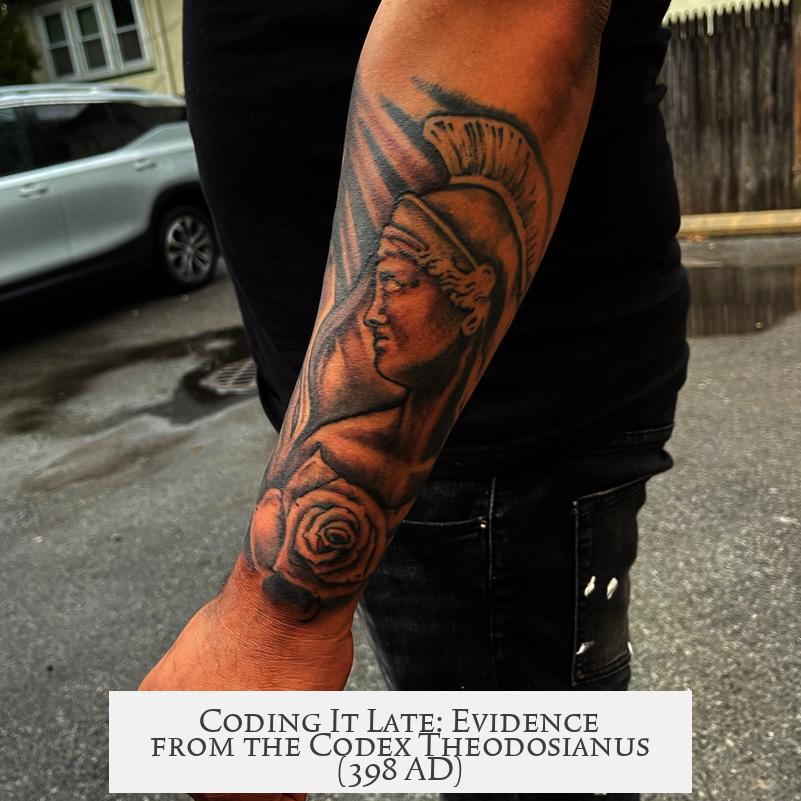
The most concrete snippet comes from the Codex Theodosianus, a compilation of laws from late Roman Empire days — specifically 398 AD. It states imperial armament workers were branded with the national mark on their arms, mirroring the practice used for recruits.
But what was this “national mark”? That remains a mystery. Did it stand for SPQR? Probably not. The document itself is vague, leaving historians to speculate about what symbol it could have been. It might have been a simple icon representing Roman authority, but it doesn’t say “SPQR” outright.
Late Empire Context: Tattoos as a Control Mechanism
By the late Empire period, things were turbulent. Desertions rose, and loyalty wavered. In this climate, making soldiers visually identifiable became a priority to curb escapes.
It’s plausible tattoos or brands became more common as permanent identification to discipline troops better. This emphasis came too late in Rome’s history to influence earlier legionnaire traditions or popular culture images of the “ideal” Roman soldier.
So, Why Do People Think Legionnaires Had SPQR Tattoos?
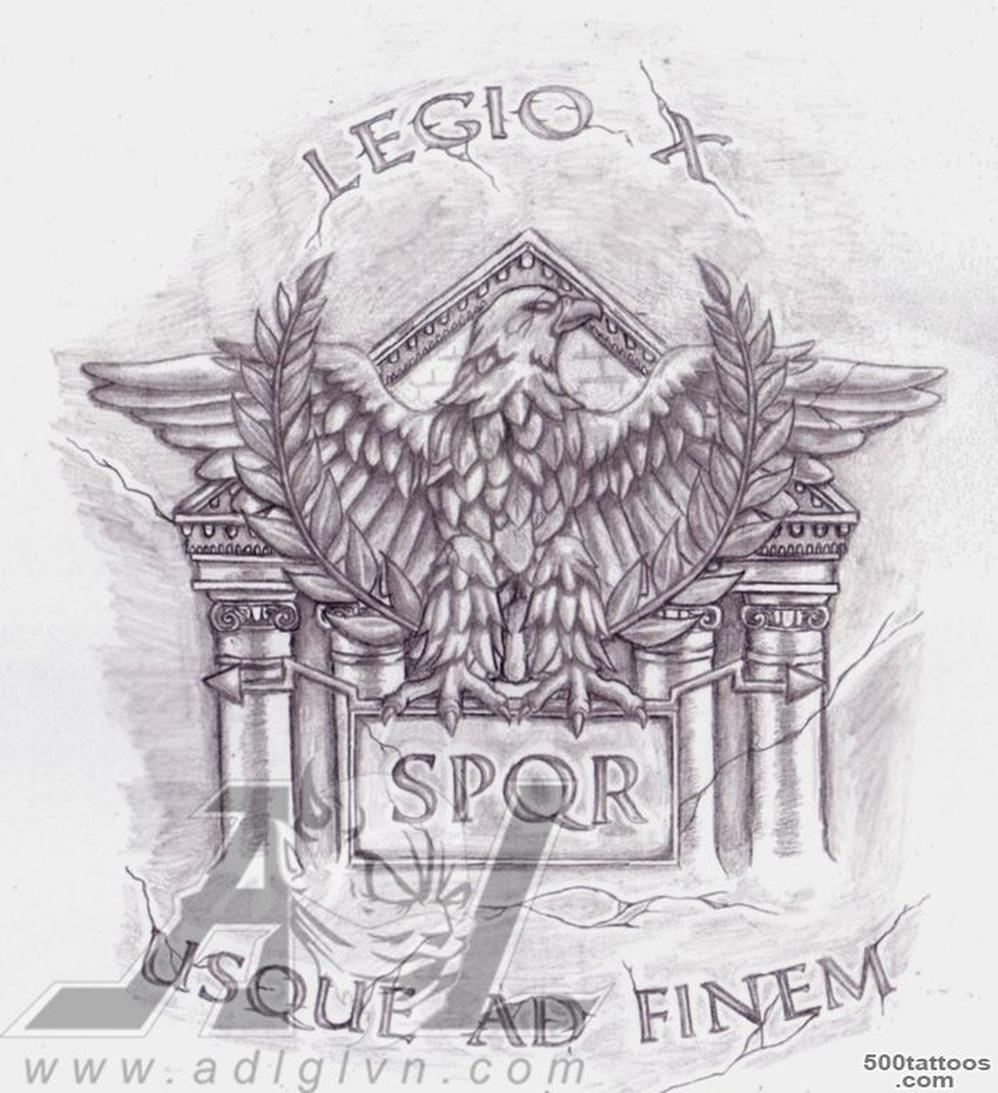
- SPQR is iconic and synonymous with the Roman legions in popular imagination.
- Movies, novels, and historical dramas love a good tattoo story—it makes character design catchy and visuals memorable.
- A desire to find a tangible, authentic mark representing Roman soldier pride.
Unfortunately, these cravings for romanticizing history often overshadow the evidence.
What If Legionnaires Had Tattoos? What Could They Be?
Had tattoos been common and meaningful, logical marks might include:
- A simple emblem representing the legion, like a boar, eagle, or wolf.
- A numeric or coded patch to mark cohort membership.
- Symbols denoting rank or campaign participation.
Visual cues serve a practical purpose. They’re quick to recognize and carry meaning even to the illiterate.
Lessons from This Tattoo Tale
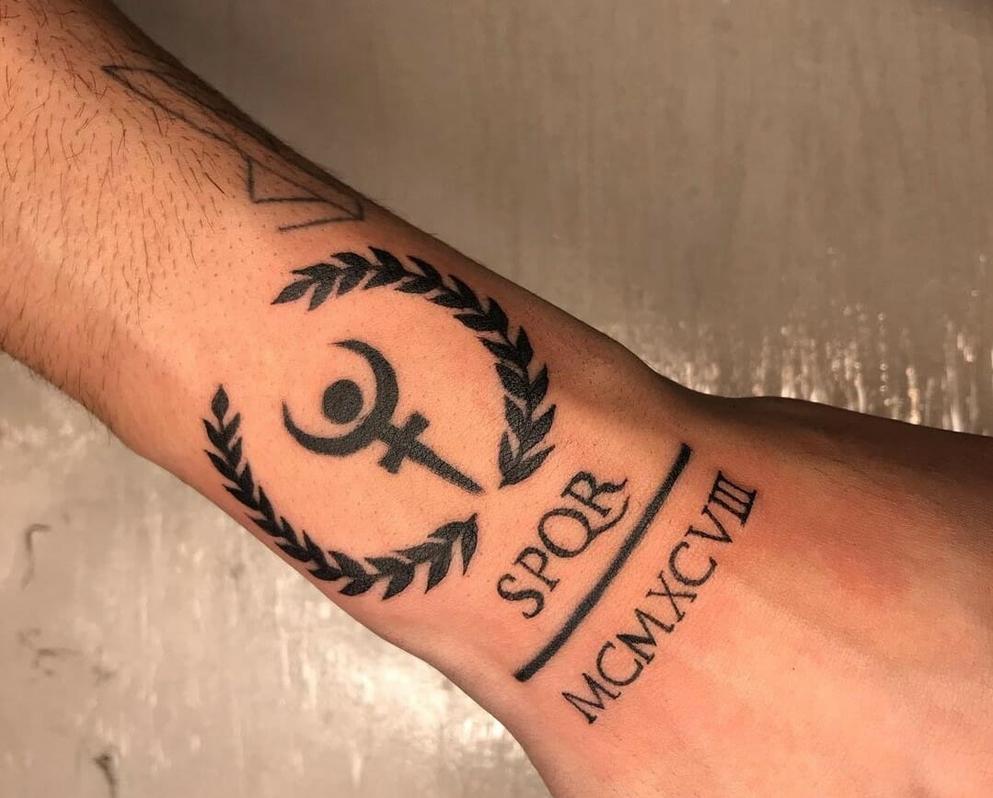
- Assumptions about ancient practices should check out with historical facts. Legends are fun but must meet evidence at the crossroads.
- Context matters: Late Empire reforms on tattoos don’t reflect early Imperial legionnaire culture.
- Culture influences symbolism: Romans saw tattoos as marks of shame, unlike today.
So, should you get an SPQR tattoo?
If you want a mark linking you to history’s toughest soldiers, go for it! Just know: your ink might mean pride, but Rome’s legionnaires probably saw tattoos as a mark to avoid.
Next time you see a Roman legionnaire with an SPQR tattoo in a movie or video game, tip your helmet knowingly. The truth might be less visually flashy but far more intriguing: tattoos were likely practical, functional, and a bit harsh—more branding iron than inked honor.
